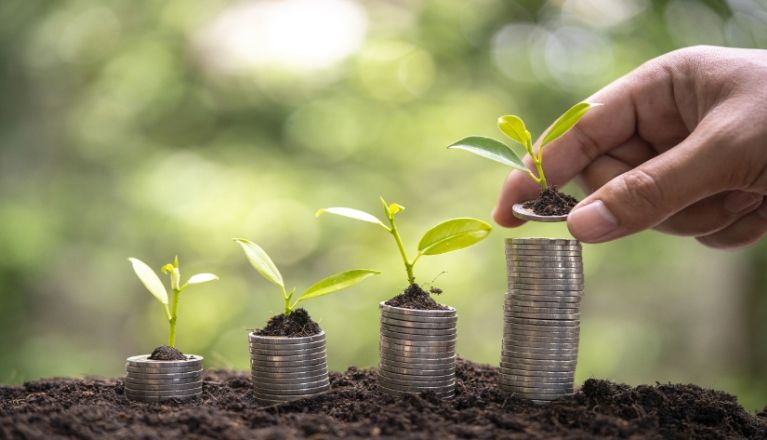Protecting the environment with green bonds
Finance has a key role to play in addressing global and environmental issues and the threat of global warming. New resources have recently been made available with the launch of sustainability-linked bonds. These bonds were first used in a $1.5 billion issue by Italian energy giant Enel* in September 2019.

The sustainability-linked bond model involves setting clear targets in line with one or more of the United Nations Sustainable Development Goals. If the targets are not met, the company must repay a higher amount as a penalty.
These bonds therefore allow companies to reaffirm their commitments by accepting to pay a penalty if they fail to keep their promises, even partially.
A strong incentive
In principle, the penalty is relatively low, at 0.5% of the nominal value of the loan. For a bond maturing in five years, this would increase the annual coupon by 0.1%, so it does not pose a real threat to the company.
However, the impact on the company's reputation would be considerable if it failed to meet its promises. As well as paying the penalty, its credibility would be seriously undermined when comparing actual progress with the original goals.
A sustainable performance would push up the company's value, while a failure would probably cause the company's value to fall. A company issuing a sustainability-linked bond can therefore be expected to make real efforts to keep its promise. These bonds can therefore be a strong incentive, helping the company achieve more sustainable growth.
By accepting the threat of a penalty that could harm its image, the company will be encouraged to work in the interests of all stakeholders, not only its shareholders.
Advantages for both issuers and investors
First and foremost, a company's social reputation allows it to attract and retain talent. It also builds client loyalty and makes clients more willing to accept bad news. This was demonstrated during the recent health crisis.
When a clear goal is set and shared by everyone, teams will work towards achieving it. And employee engagement is a powerful driver of productivity as well as fostering innovation.
Investors too can benefit from these new financing solutions. A responsible company takes a longer term view, it is more cautious and less at risk of defaulting on its repayments. These are welcome features for bondholders. The lower interest rate the company is required to pay reflects its reduced risk of default.
By investing in securities associated with clearly defined sustainable development goals, investment funds can show that they too are responsible. As savers are increasingly concerned about the future of our planet and wish to invest their money responsibly, sustainability-linked bonds offer many advantages that will ensure their widespread take-up.
An encouraging trend for the future
A company issuing a sustainability-linked bond has considerable freedom to set goals for its production cycle inputs (materials, liquids, energy, etc.), its outputs (solid or liquid waste, greenhouse gases, etc.), or its everyday operations (percentage of disabled workers, etc.). Its priorities will depend on its business units and the communication themes it wishes to focus on.
For example, in the iron & steel and building materials industries – two sectors with among the highest CO2 emissions – the main challenge is to reduce emissions.
LafargeHolcim has issued a bond based on reducing its CO2 emissions, raising €850 million in November 2020. Based on past performance in the building materials sector, the ratings agency ISS considers that this is a bold objective, underscoring the efforts that these companies will have to make. Other companies will undertake to increase the presence of recyclable or sustainably sourced raw materials in their products.
Strict rules apply to the way in which funds raised via green bonds can be used, but no specific goals are imposed on the issuer. Sustainability-linked bonds round out a range of financing solutions intended to encourage companies to act more responsibly. We can certainly expect them to play an important role in financing in the future.
Source:



